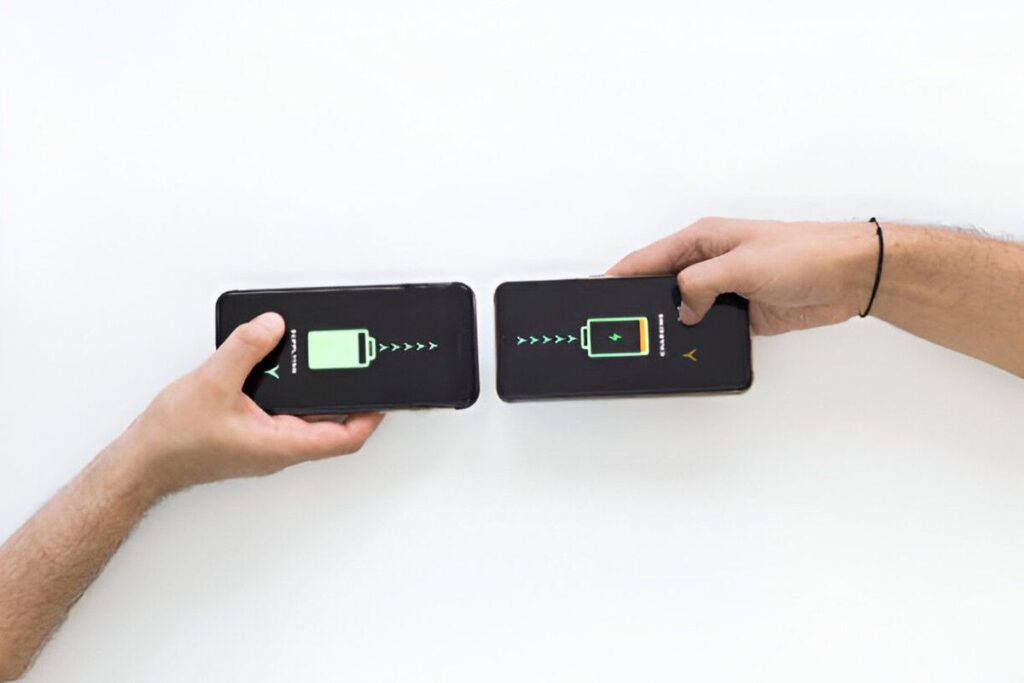Introduction
The federal government offers an incentive to encourage the adoption of electric vehicles (EVs) through a tax credit system. One of the most discussed credits is the $4,000 EV tax credit for used EVs, which was introduced under the Inflation Reduction Act (IRA) of 2022. This credit is designed to make electric vehicles more accessible to a broader range of consumers, particularly those buying pre-owned EVs. As a dealer, understanding the application process for this tax credit is crucial for helping customers take advantage of it while ensuring compliance with IRS regulations.
In this article, I will break down how a dealer can apply for the $4,000 EV tax credit, including eligibility requirements, the application process, relevant calculations, and best practices for seamless transactions.
Table of Contents
Understanding the $4,000 EV Tax Credit
Eligibility Criteria
To qualify for the used EV tax credit, both the vehicle and the buyer must meet certain requirements:
Vehicle Requirements
- The EV must be at least two years old from the model year of purchase.
- The sale price cannot exceed $25,000.
- The vehicle must be purchased from a licensed dealer (private sales do not qualify).
- The car must have a battery capacity of at least 7 kWh.
- The vehicle must be intended for personal use and not for resale.
Buyer Requirements
- The buyer’s modified adjusted gross income (MAGI) must not exceed:
- $75,000 for single filers
- $112,500 for head-of-household filers
- $150,000 for joint filers
- The buyer cannot claim more than one used EV credit every three years.
Dealer Requirements
- The dealer must be registered with the IRS for the Clean Vehicle Credit Program.
- The dealer must provide the buyer with a disclosure statement containing key details of the sale.
IRS Form 8936: The Key to Claiming the Credit
Buyers claim the $4,000 credit by filing IRS Form 8936 with their tax return. However, under the new point-of-sale system starting in 2024, the credit can be applied directly at the time of purchase. This allows dealers to reduce the buyer’s purchase price by $4,000 and then claim reimbursement from the IRS.
How a Dealer Can Apply for the Credit
Step 1: Registering with the IRS
Before a dealer can apply for the credit on behalf of a buyer, they must register with the IRS’s Clean Vehicle Credit Program. This registration ensures that only licensed and authorized dealerships participate.
- Create an IRS e-Services Account: The IRS requires dealers to have an active e-Services account.
- Submit IRS Form 3520-A: This form allows a dealer to act as an intermediary for the tax credit.
- Obtain an IRS Registration Number: Once approved, the IRS assigns the dealer a unique number for credit claims.
Step 2: Verifying the Vehicle’s Eligibility
A dealer must confirm that the vehicle meets all the IRS requirements. This involves checking:
- The model year (must be at least two years old)
- The original MSRP to ensure it did not exceed $25,000
- The battery size (minimum 7 kWh requirement)
A table illustrating vehicle eligibility can help simplify this verification:
| Requirement | Condition |
|---|---|
| Model Year | At least 2 years old |
| Sale Price | ≤ $25,000 |
| Battery Size | ≥ 7 kWh |
| Sale Type | Dealer-only |
Step 3: Facilitating the Credit at Point of Sale
From January 1, 2024, dealers can apply the $4,000 credit directly to the purchase price. Here’s how:
- Reduce the Buyer’s Price: Subtract the credit from the total sale price.
- Provide IRS Form 8936 Disclosure: The dealer must give the buyer a document detailing:
- Vehicle Identification Number (VIN)
- Purchase price
- Date of sale
- Buyer and dealer information
- Submit Claim to the IRS: Dealers file for reimbursement via the IRS’s online portal.
Step 4: Recordkeeping and Compliance
The IRS requires dealers to keep records of all EV tax credit transactions for at least three years. These records should include:
- Sales receipts
- Disclosure forms
- Customer eligibility verification
Example Calculation
Let’s say a customer purchases a 2020 Nissan Leaf for $20,000. As a dealer, you apply the $4,000 credit at the point of sale. Here’s how the final cost looks:
Original Price: $20,000
Tax Credit Applied: -$4,000
Final Customer Price: $16,000
Now, the dealer submits this transaction to the IRS for reimbursement.
Potential Challenges and Solutions
1. Delays in IRS Reimbursement
Solution: Maintain accurate records and ensure all submissions meet IRS requirements to avoid audit delays.
2. Buyer Ineligibility Due to Income Limitations
Solution: Verify the buyer’s MAGI before applying the credit. If a buyer is unsure, they should consult a tax professional.
3. Private Sellers Attempting to Claim the Credit
Solution: Educate buyers that only licensed dealers can facilitate the credit.
Comparing Used EV Credit vs. New EV Credit
| Feature | Used EV Credit | New EV Credit |
|---|---|---|
| Maximum Credit | $4,000 | $7,500 |
| Income Limits | $75K / $112.5K / $150K | $150K / $225K / $300K |
| Vehicle Price Limit | $25,000 | $55,000 – $80,000 |
| Eligible Purchase Type | Dealer-Only | Dealer-Only |
Conclusion
The $4,000 used EV tax credit presents an opportunity for dealers to attract budget-conscious customers while supporting the transition to electric vehicles. By ensuring proper registration, verifying vehicle and buyer eligibility, and maintaining compliance with IRS guidelines, dealers can streamline the credit application process and maximize their benefits. Applying the tax credit at the point of sale simplifies the transaction for buyers and makes EVs more accessible, ultimately benefiting both the dealer and the consumer.





